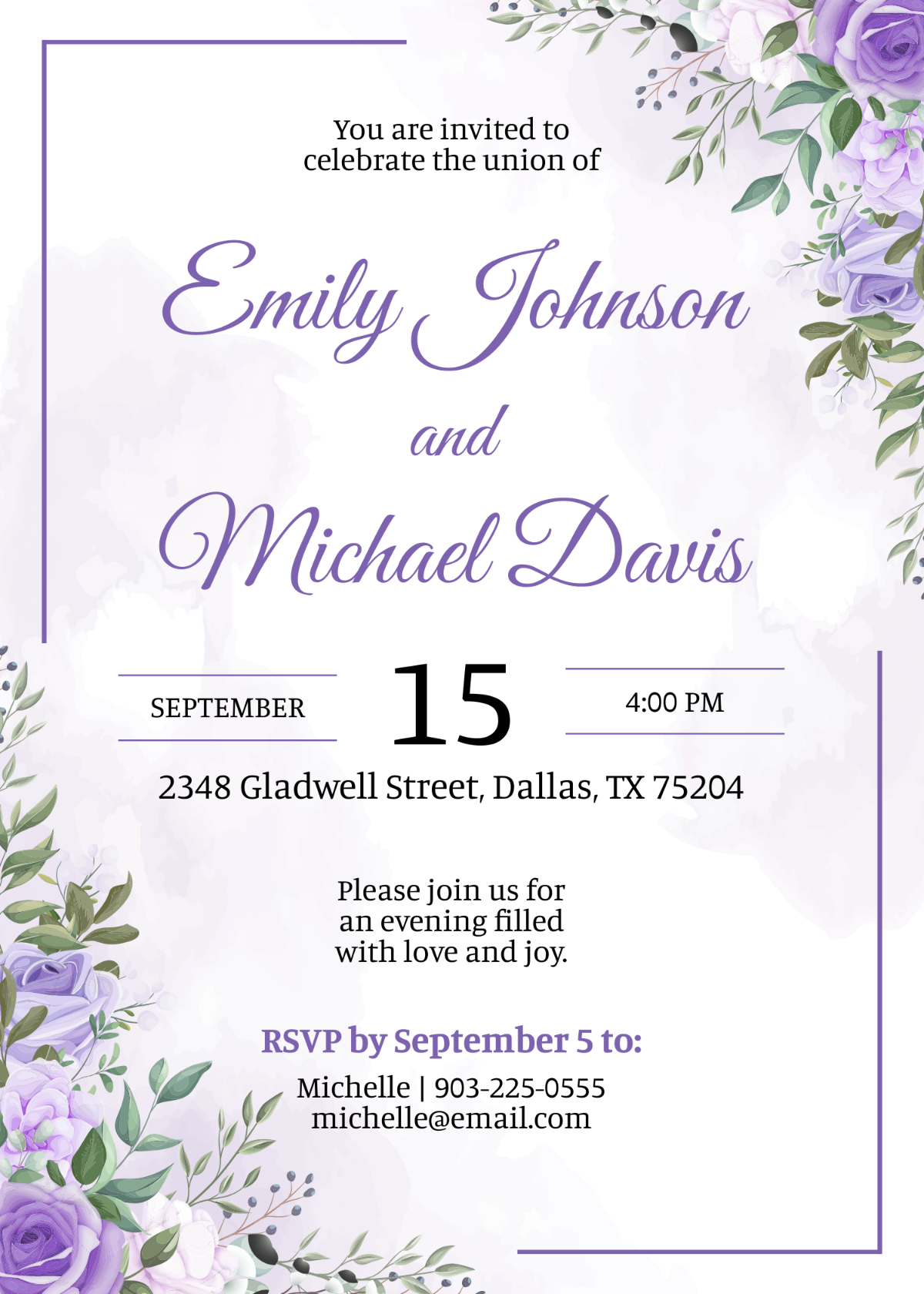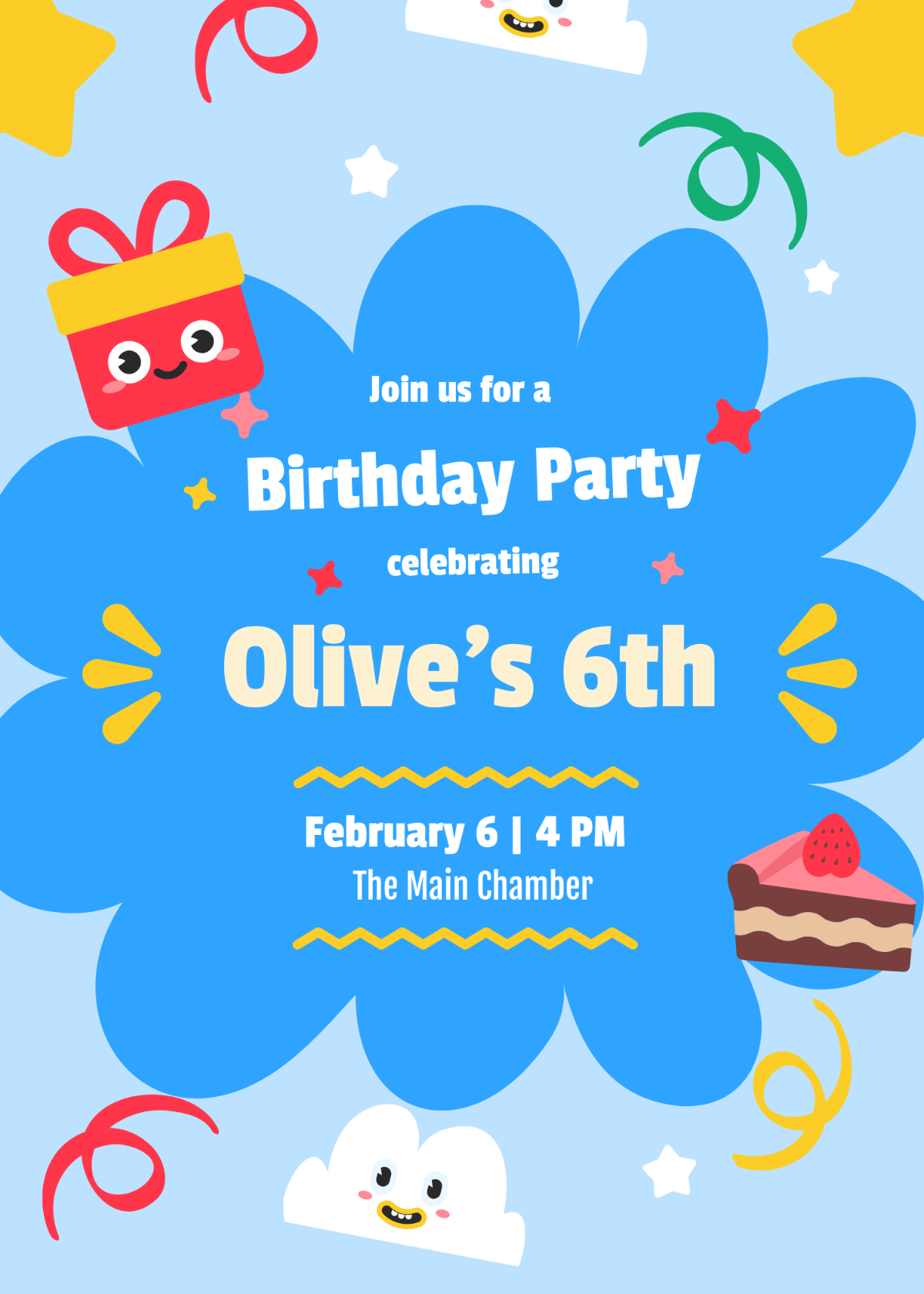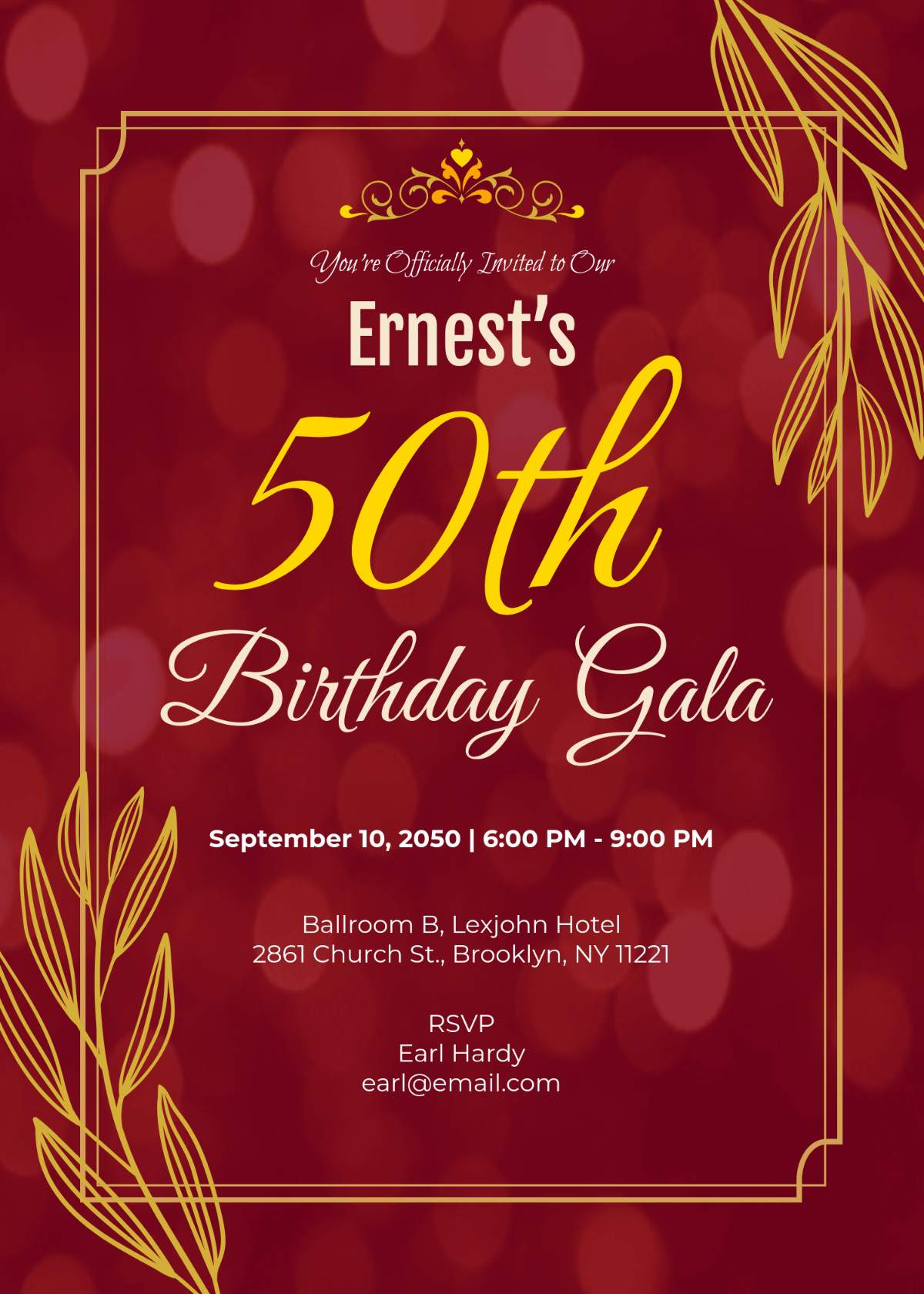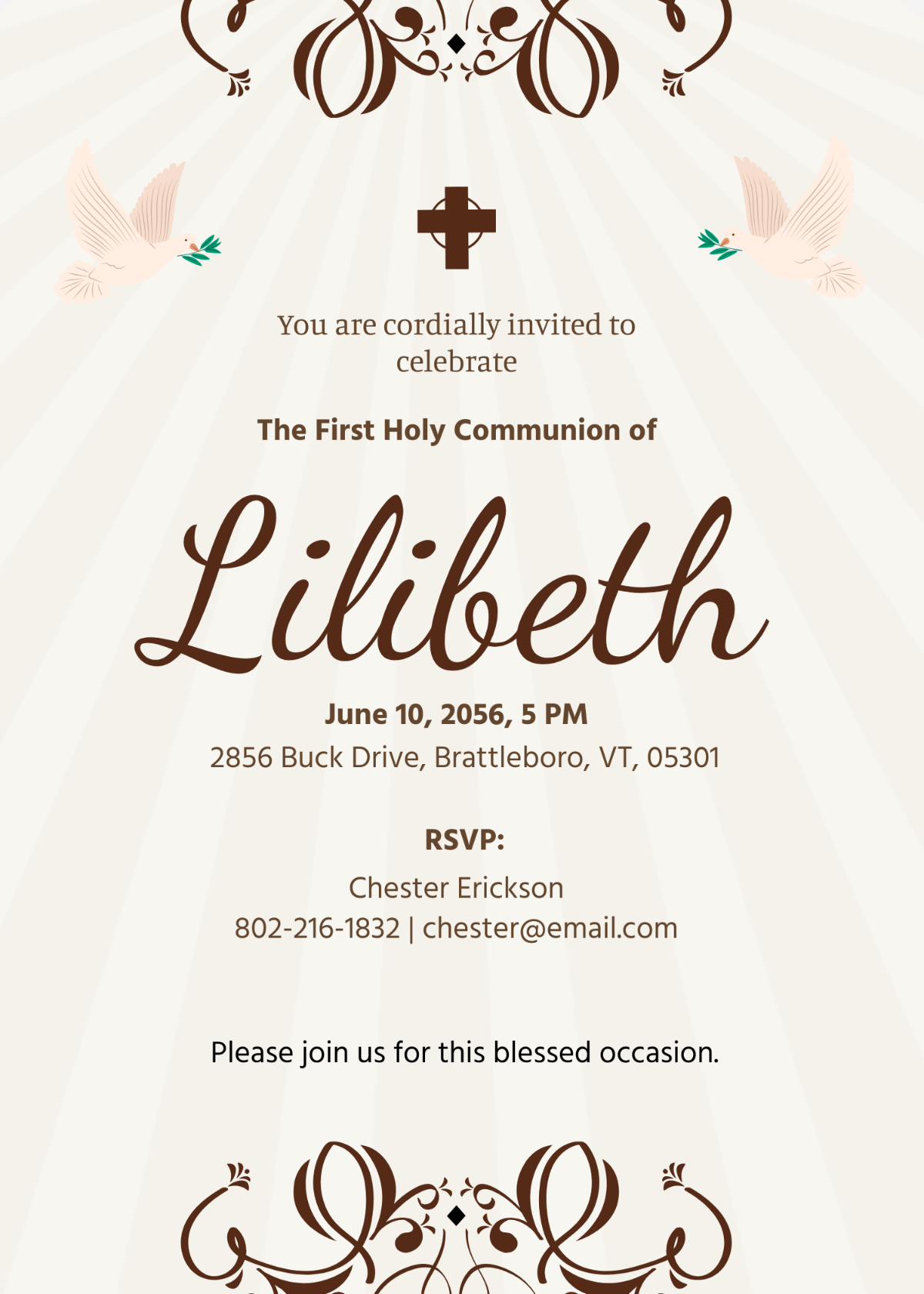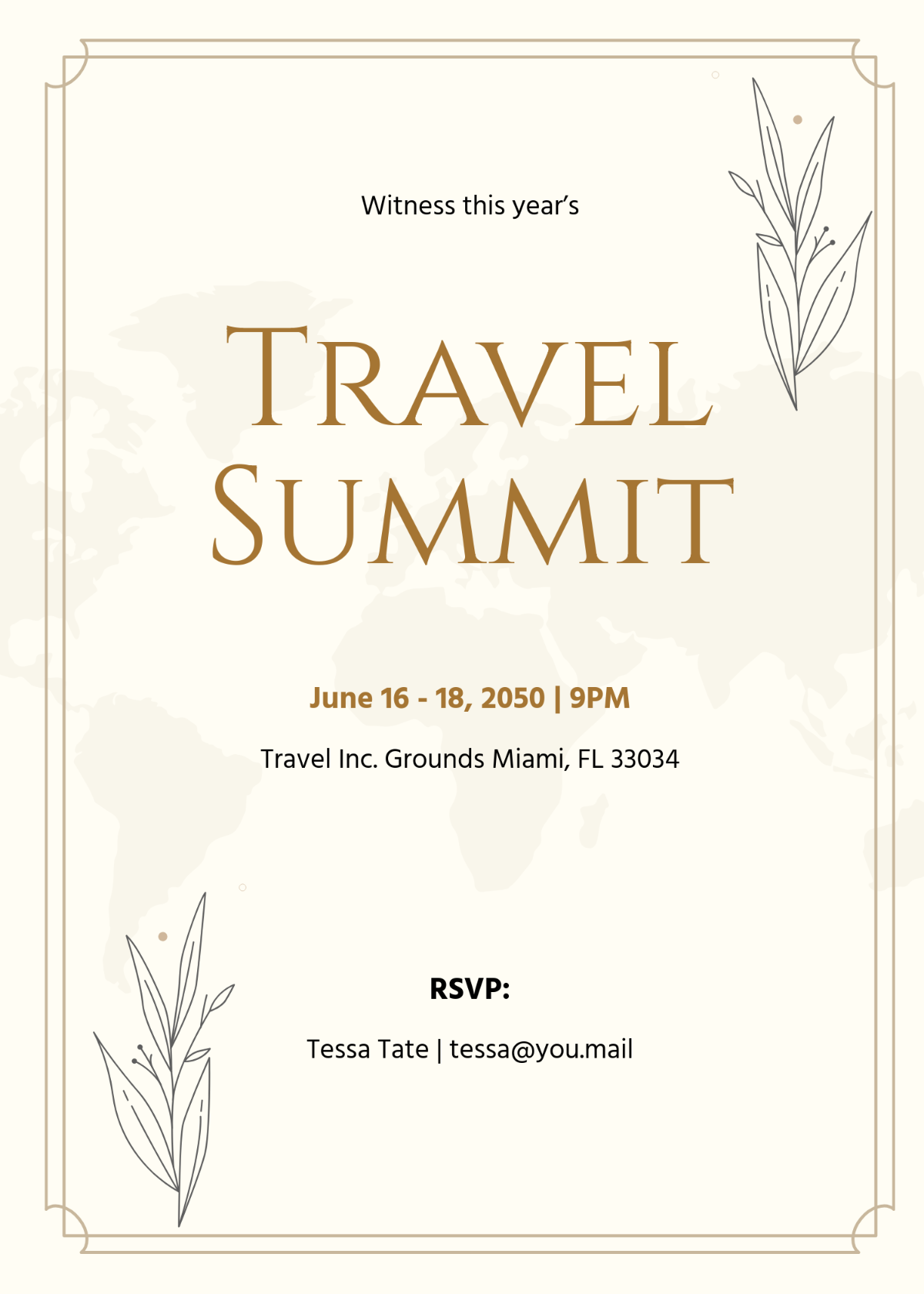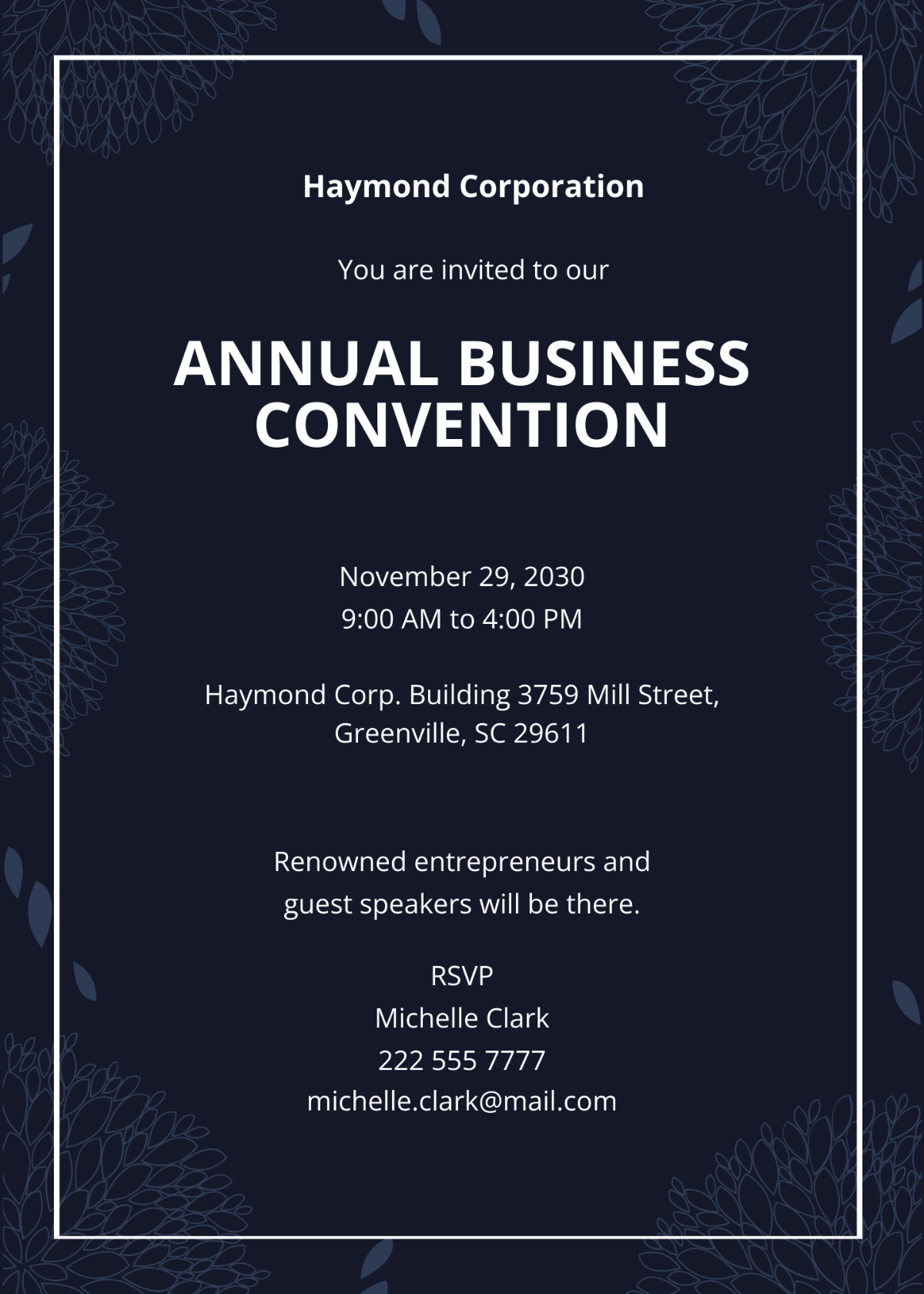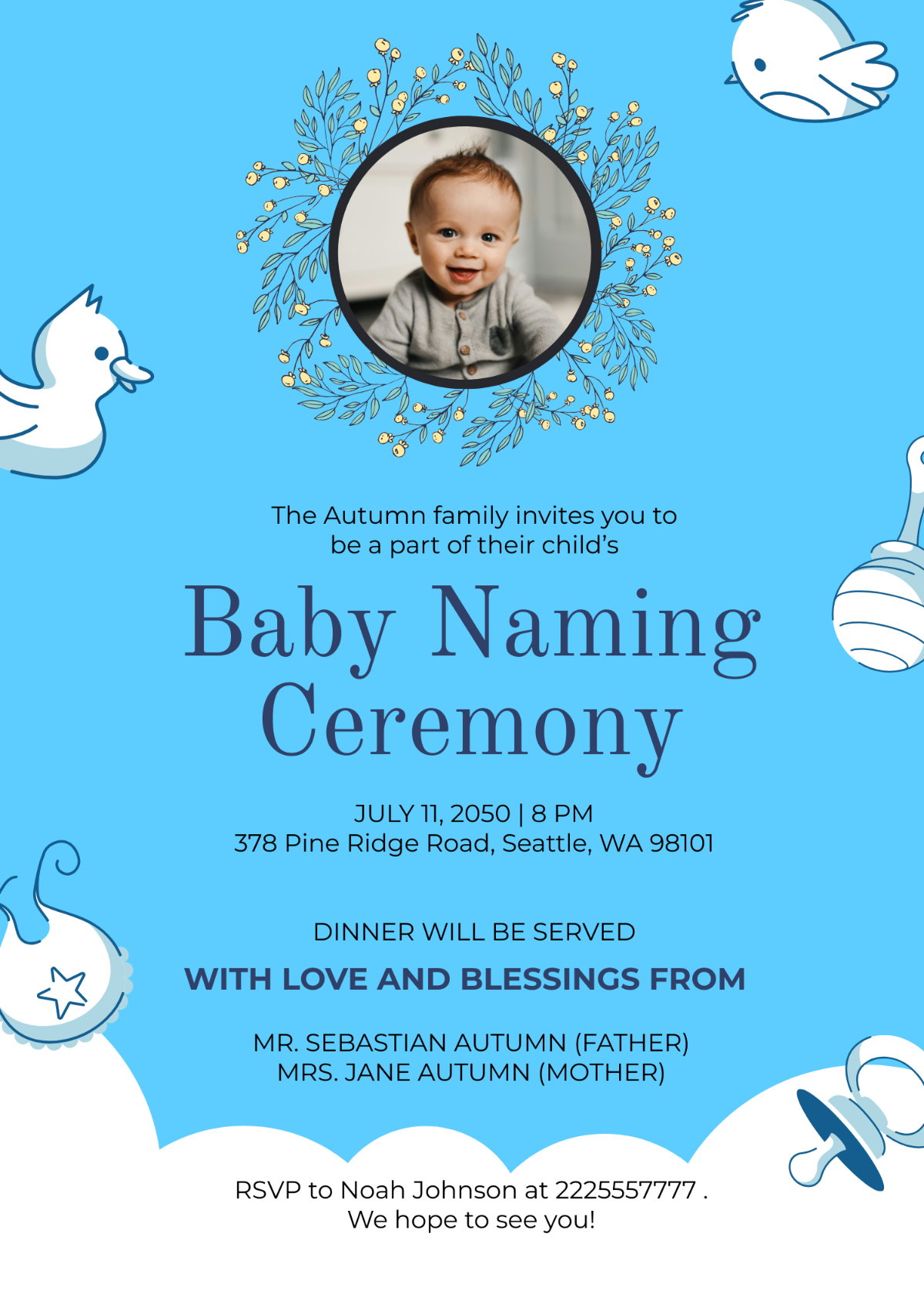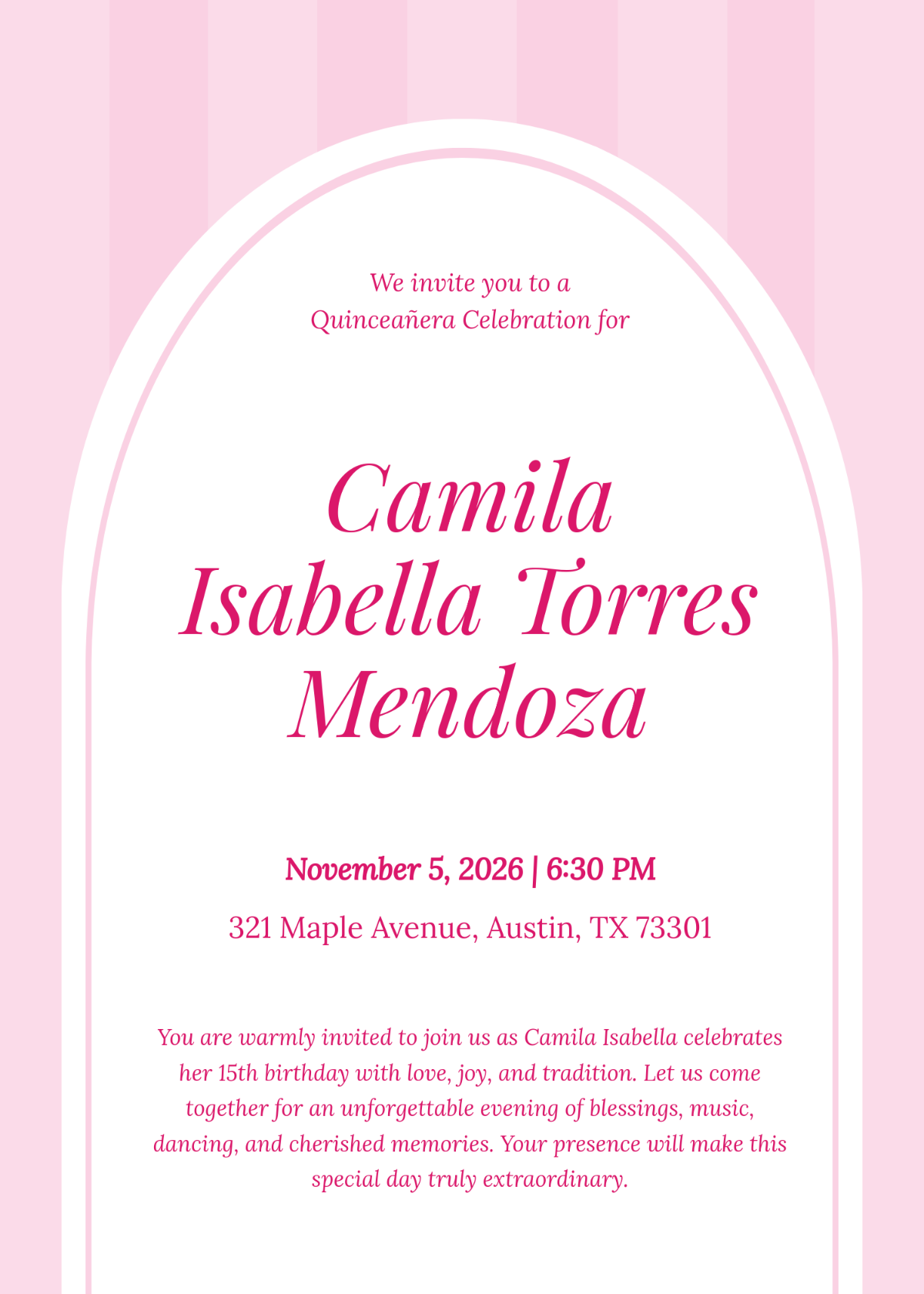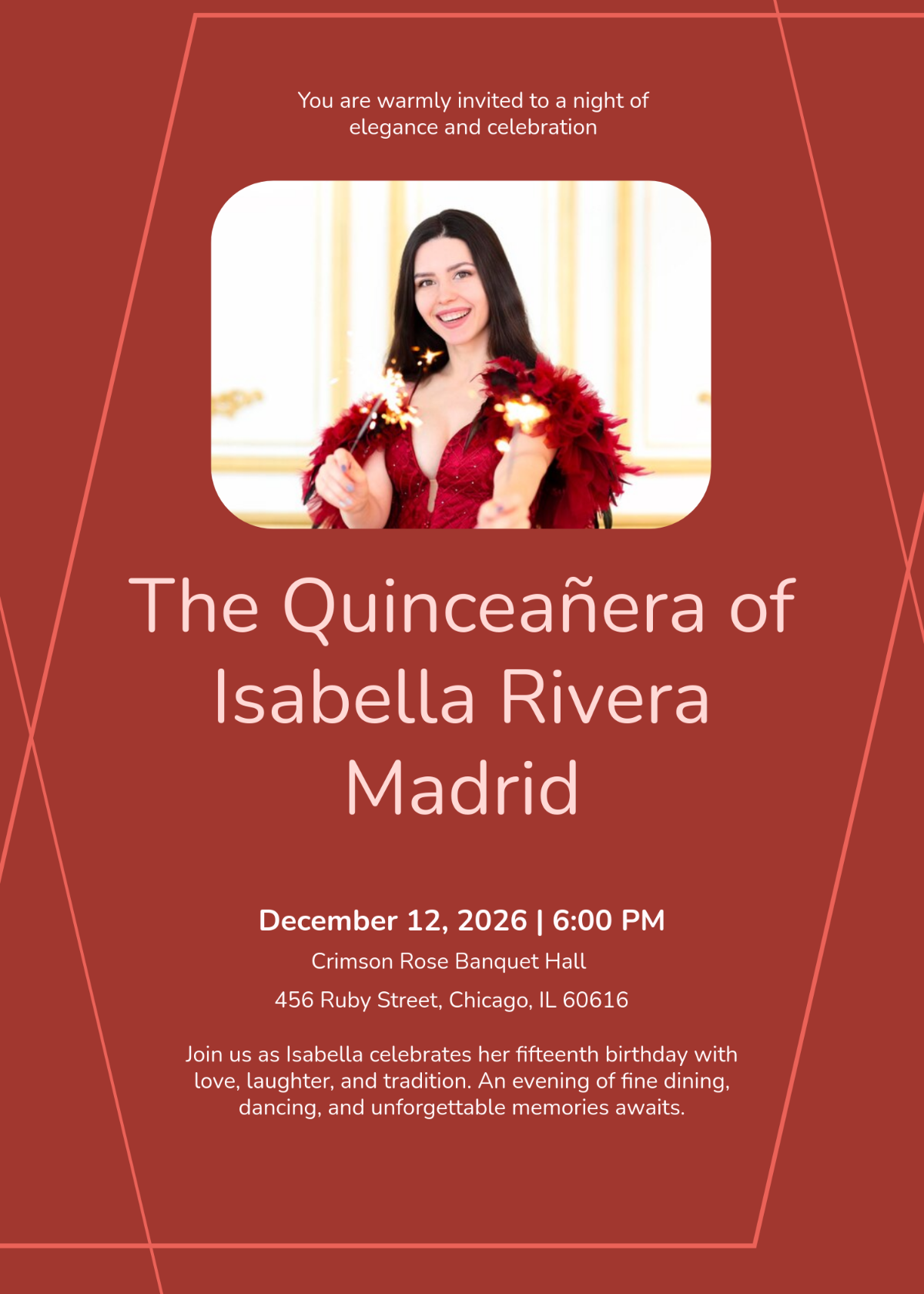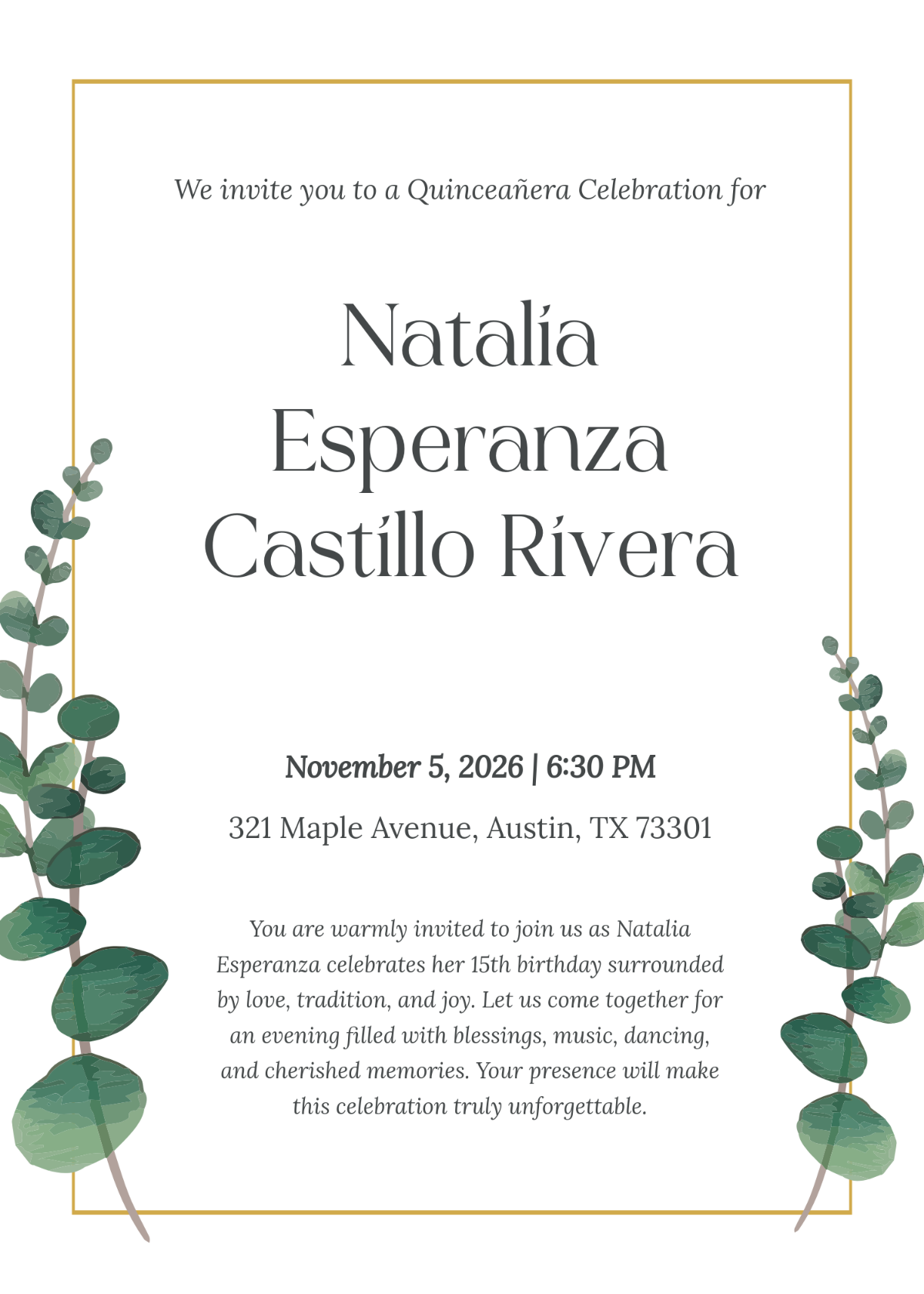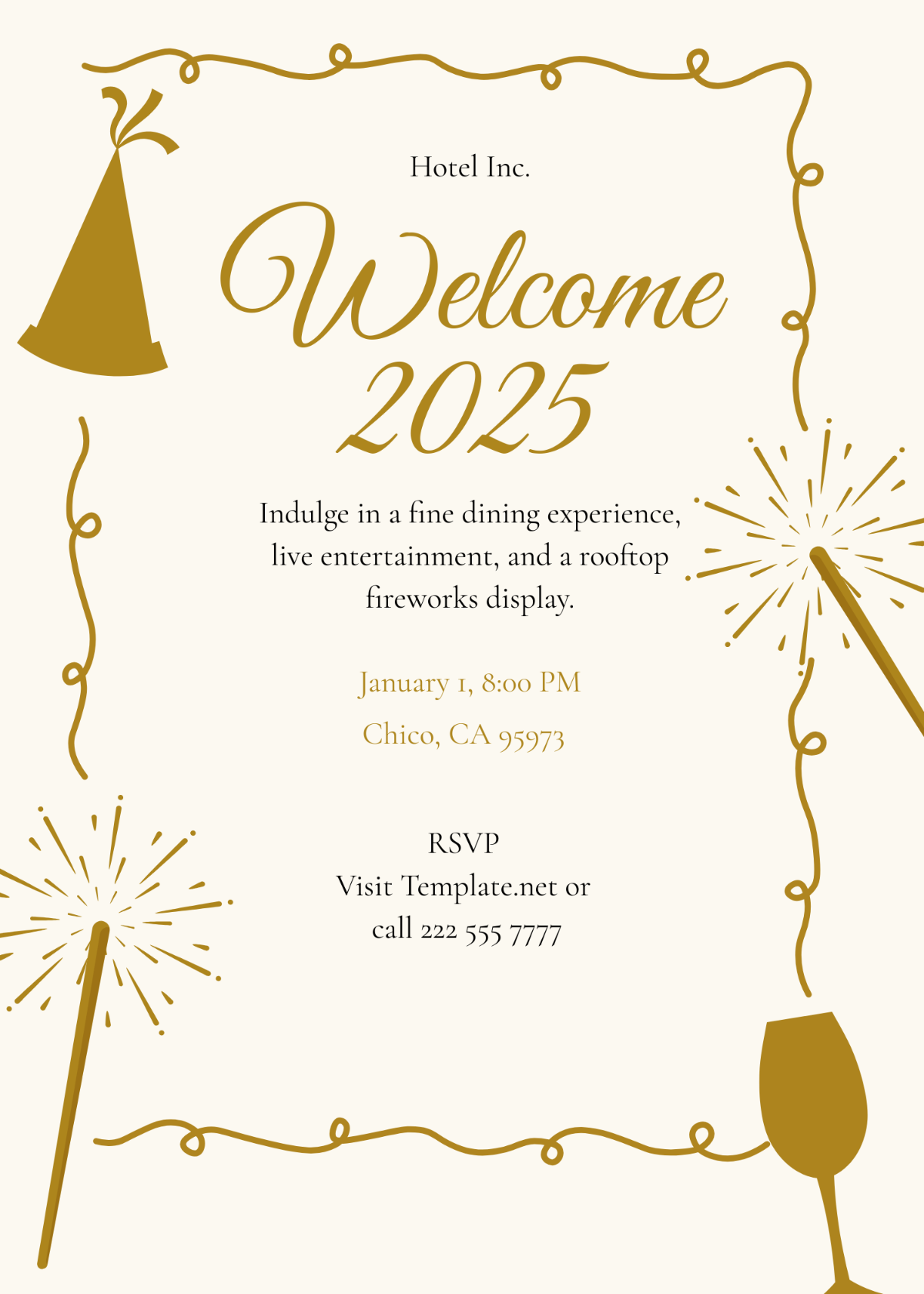Bring your Creative Celebrations to life with Invitation Templates from Template.net
Keep your guests engaged, enhance your event's appeal, and set the perfect tone with professional Invitation Templates from Template.net. Whether you're planning a birthday bash or a corporate gathering, you can easily Invitation Maker that perfectly captures the essence of your event. Promote a sale or invite to an event with customizable layouts designed for both print and digital distribution. Simply include essential details like the date, time, and location and watch your invitation come to life. No design skills are required, and with access to professional-grade designs, you'll save both time and money while achieving a polished look that everyone will admire.
Discover the many Invitation Templates we have on hand, perfect for any occasion you have in mind. Start by selecting a template that resonates with your event, then swap in your own assets and tweak colors and fonts to fit your personal style. Add advanced touches by dragging-and-dropping icons or graphics, enhancing your invitation with animated effects, and using AI-powered text tools for that perfect wording. The possibilities are endless and require no design skills, so you can have fun creating as you go. With regularly updated templates and new designs added weekly, you're always equipped with the freshest options. When you’re finished, download or share your masterpiece via email or print it out, or seamlessly publish it to your favorite social media platforms.







